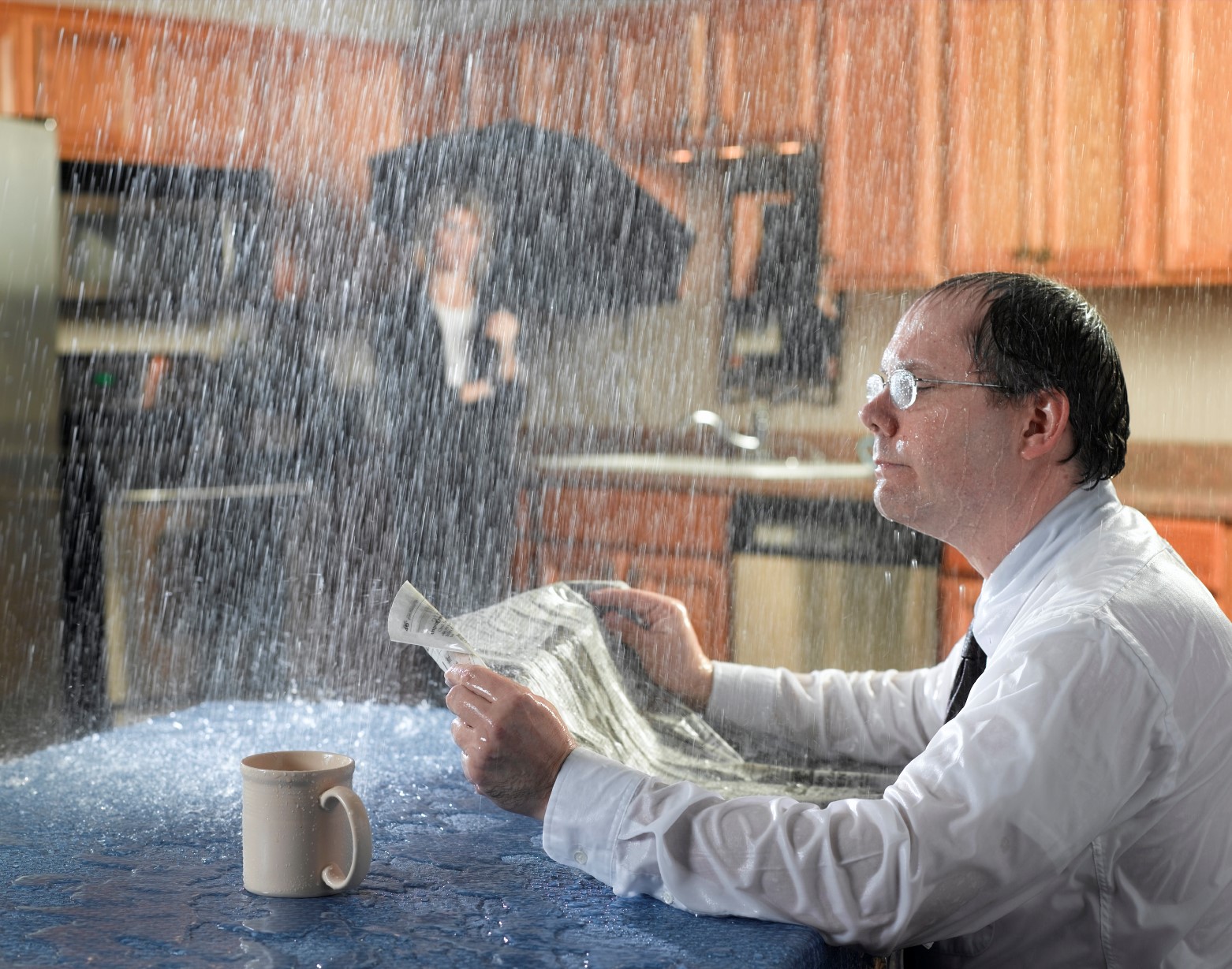Pinpoint A Half-Dozen of Principal Leak Factors Inside The Home
Pinpoint A Half-Dozen of Principal Leak Factors Inside The Home
Blog Article
Presented here in the next paragraph you can get lots of first-rate information and facts in relation to How Fast Water Damage Can Ruin Your Home.

Leaks not just cause waste of water yet can likewise trigger unnecessary damages to your home and also promote undesirable organic growth. By looking and also understanding for day-to-day scenarios that create leaks, you can secure your house from future leaks and also unnecessary damages.
Instantaneous temperature modifications.
Extreme temperature level modifications in our pipelines can trigger them to expand and contract all of a sudden. This growth and tightening might cause fractures in the pipes, specifically if the temperature are below freezing. If you kept an eye on just how your plumbing functions, it would be best. The presence of the formerly stated conditions often shows a high danger.
Rusty water supply
As time passes by, your plumbing system ages and rust such as rust may begin eating away the pipes. This could be the cause of discoloration or bending on your pipes. This asks for an examination with your plumber quickly. Take into consideration changing the pipelines because they are at a greater threat of deterioration than the more recent designs if our plumbing system is old.
Defective Pipeline Joints
The point at which your pipelines connect is regularly the weakest link in the waterline. Pipeline joints can deteriorate gradually, resulting in water leaks. However, the majority of pipeline joints are not easily noticeable. If you have loud pipes that make ticking or banging sounds, especially when the hot water is turned on, your pipeline joints are possibly under a lot of pressure. It is recommended to have your plumber check your system yearly.
Intruding roots
Most water leaks begin outside your home as opposed to inside it. If you see an unexpected decline in water pressure, say in your tap, require time to head out and examine your lawn. You may discover wet spots or sinkholes in your yard, which might mean that tree origins are attacking water lines triggering water to permeate out. You can have your plumber check for intrusion, particularly if you have trees or hedges near your residential property.
Poor Water Connectors
At times, a leakage can be created by loosened tubes as well as pipes that provide your home appliances. In instance of a water connections leak, you might notice water running straight from the supply line or pools around your home appliances.
Obstructed Drains
Clogged drains pipes could be irritating and also inconveniencing, yet they can sometimes wind up creating an overflow leading to burst pipelines. Keep getting rid of any kind of materials that might go down your drains that can clog them to avoid such troubles.
All the above are causes of leakages however not all water leakages arise from plumbing leaks; some leaks may originate from roof covering leakages. All leakages should be repaired quickly to avoid water damage.
Leaks not only cause waste of water but can likewise trigger unneeded damage to your house as well as advertise undesirable organic development. By recognizing and also looking for daily circumstances that trigger leakages, you can safeguard your residence from future leaks and unneeded damage. Today, we will look at six leakage triggers that might be creating your pipelines to drip.
At times, a leakage can be caused by loosened pipes as well as pipes that provide your devices. In case of a water links leakage, you may observe water running straight from the supply line or puddles around your home appliances.
How To Check For Water Leak In Your Home
How To Check for Leaks
The average household's leaks can account for nearly 10,000 gallons of water wasted every year and ten percent of homes have leaks that waste 90 gallons or more per day. Common types of leaks found in the home are worn toilet flappers, dripping faucets, and other leaking valves. These types of leaks are often easy to fix, requiring only a few tools and hardware that can pay for themselves in water savings. Fixing easily corrected household water leaks can save homeowners about 10 percent on their water bills.
To check for leaks in your home, you first need to determine whether you're wasting water and then identify the source of the leak. Here are some tips for finding leaks:
Take a look at your water usage during a colder month, such as January or February. If a family of four exceeds 12,000 gallons per month, there are serious leaks.
Check your water meter before and after a two-hour period when no water is being used. If the meter changes at all, you probably have a leak.
Identify toilet leaks by placing a drop of food coloring in the toilet tank. If any color shows up in the bowl after 10 minutes, you have a leak. (Be sure to flush immediately after the experiment to avoid staining the tank.)
Examine faucet gaskets and pipe fittings for any water on the outside of the pipe to check for surface leaks.
Undetected water leaks can happen without the home or business owner even realizing. If you suspect a water leak, but not able to find the source. It is time to contact a professional water leak detection service, The Leak Doctor.
How To Find a Water Leak In Your Home
https://www.leakdoctor.com/blog/How-To-Check-For-Water-Leak-In-Your-Home_AE197.html

I came across that blog entry on How to detect water leaks in your home when doing a lookup on the web. Sharing is good. Helping people is fun. I praise you for your time. Please come visit our website back soon.
Top-notch fix? Dial! Report this page